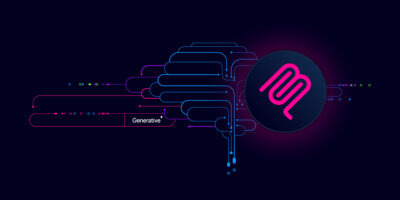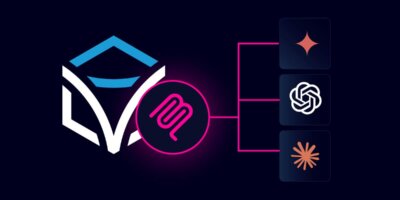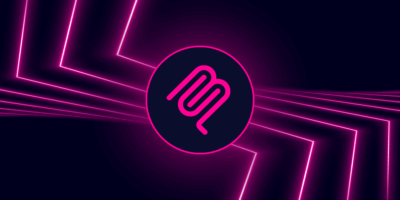Share this
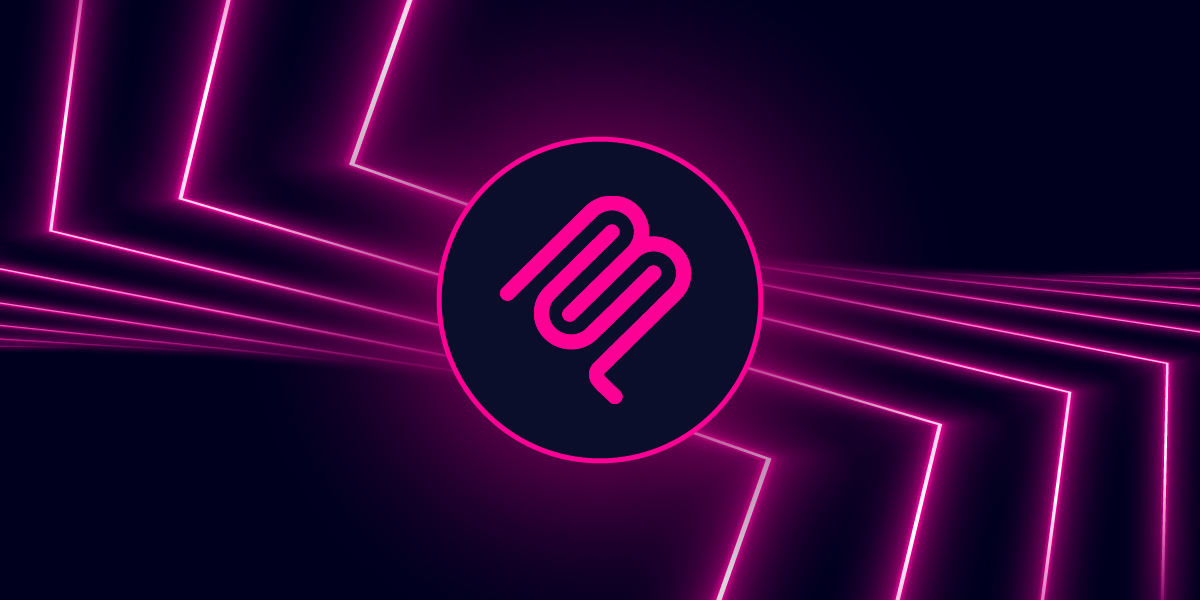
Table of Contents
What is MCP?
MCP is an open protocol introduced by Anthropic in November 2024 that standardizes how AI systems connect to external tools and data sources. Instead of every AI framework requiring custom integration code, MCP provides a common language that any compatible AI can use to interact with any MCP-enabled tool.
The protocol operates on JSON-RPC 2.0 and supports three core capabilities:
Tools: Executable functions that perform actions (deploy infrastructure, send emails, create tickets).
Resources: Access to data and information (read files, query databases, fetch metrics).
Prompts: Templated workflows that guide AI behavior for specific tasks.
When an AI agent connects to an MCP server, it automatically discovers available capabilities through standardized methods. This means AI assistants can adapt to new tools and functionality without requiring updates or retraining.
Why was MCP created?
MCP solves the fragmentation problem of each AI framework needing its own custom integrations. It provides a universal protocol so AI agents can easily connect to any MCP-enabled tool.
The Universal Language Problem
Let’s consider a simple analogy. Remember when every phone had its own proprietary charger? iPhones had Lightning cables, Android devices used micro-USB or USB-C, and older devices had their own unique connectors. If you wanted to charge a friend’s phone, you needed their specific cable. This fragmentation was frustrating, expensive, and inefficient.
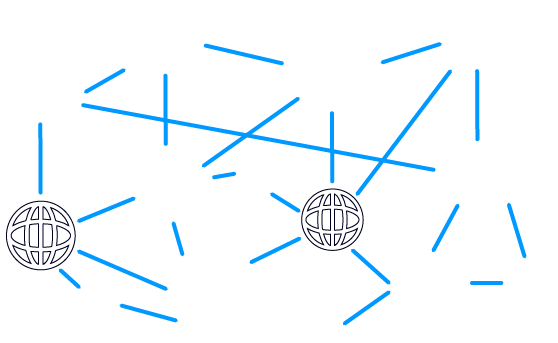
The same problem existed in AI tool integration. Every AI framework – LangChain, OpenAI’s function calling, Google’s development kit – had its own way of connecting to external systems. Building an AI agent that could read emails, check calendars, and update databases meant writing custom integration code for each tool, with different authentication methods, error handling patterns, and data formats.
Model Context Protocol (MCP) solves this fragmentation by providing a universal standard for AI-tool communication – essentially the USB-C of AI integration.
Why MCP Matters
Standardization Reduces Complexity
Before MCP, connecting an AI agent to five different tools required five different integration approaches. Each tool needed custom authentication, unique error handling, and specific data transformation logic. Multiply this across multiple AI frameworks, and the complexity became unmanageable.
MCP commoditizes this integration layer. The protocol handles authentication, error handling, tool discovery, and logging semantically. What used to be bespoke development projects become configuration exercises.
Universal Interoperability
MCP creates vendor-agnostic connections. Your Itential MCP works equally well with Claude, ChatGPT, or any other MCP-compatible AI. You can change AI models without rebuilding integrations, or swap tools without updating agent code.
This interoperability extends across cloud providers, on-premises systems, and hybrid environments. The same MCP client can connect to Microsoft 365, ServiceNow and your internal databases using identical protocols.
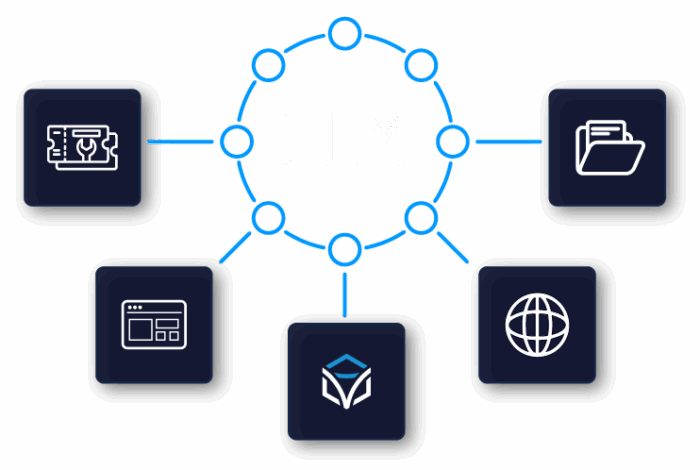
Real-Time Adaptability
Unlike static API integrations, MCP supports dynamic tool discovery and real-time notifications. When new capabilities become available, AI agents learn about them automatically. Infrastructure changes propagate to AI systems immediately, enabling responsive automation that adapts to evolving environments.
Can MCP connect to both cloud and on-premises systems?
Yes, MCP works across cloud services, hybrid environments, and on-premises tools.
How MCP Works
The architecture follows a client-server model similar to how web browsers communicate with websites but optimized for AI interactions.
MCP Servers expose capabilities from your existing systems – databases, APIs, monitoring tools, automation platforms. They translate between your systems’ native interfaces and the standardized MCP protocol.
MCP Clients are embedded within AI applications. They discover available tools, manage authentication, handle errors, and maintain conversation context across multiple interactions.
Transport Layer supports three communication methods:
- STDIO for local development and testing
- HTTP for production web-based deployments
- Custom transports for specialized networking requirements
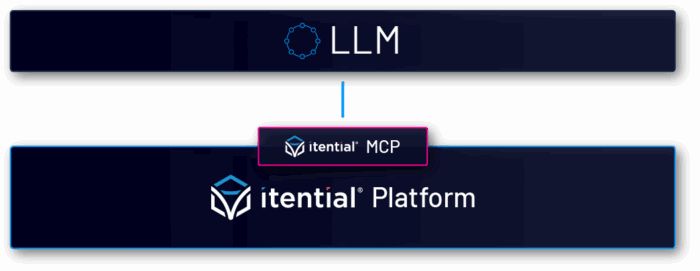
What is the Itential MCP Server?
The Itential Model Context Protocol (MCP) Server exposes enterprise-grade infrastructure management capabilities to AI assistants through standardized tools.
What happens during MCP connection initialization?
The AI and server negotiate capabilities during connection initialization, establishing what tools are available, what parameters they require, and what data they can access.
Real-World Applications
Infrastructure Operations
Network engineers can provision VLANs, allocate IP addresses, and configure firewalls through conversational interfaces. Instead of navigating complex web portals or remembering CLI syntax, they describe requirements in natural language. The AI translates intent to appropriate automation workflows while maintaining established approval processes and compliance requirements.
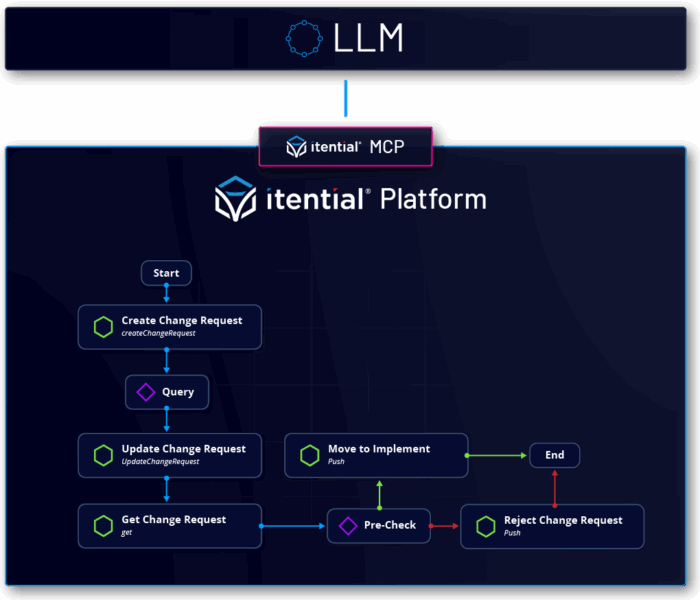
Incident Response
When systems alert on anomalies, AI agents can automatically gather context from monitoring tools, check recent deployments, analyze logs, and suggest remediation steps, whether that means triggering an existing workflow, creating an incident, etc. Response procedures that previously required manual coordination across multiple teams become automated workflows that execute in minutes rather than hours.
Development Workflows
Developers can deploy applications, manage CI/CD pipelines, and coordinate infrastructure changes without context-switching between different tools. The AI becomes the intelligent layer with access to multiple tools, systems and workflows which handle the complex orchestration of multiple systems to ensure proper sequencing of operations without relying on LLM guesswork.
Enterprise Considerations
Security & Governance
MCP implements OAuth 2.1 with PKCE for authentication, supporting enterprise identity systems and fine-grained access controls. Policy engines can evaluate requests before execution, requiring human approval for high-risk operations while allowing routine tasks to proceed automatically.
Comprehensive audit trails capture every interaction with correlation IDs linking requests through complex workflows. These logs integrate with existing SIEM platforms and support compliance requirements for regulated industries.
Does MCP provide audit logging?
Yes. MCP generates detailed logs with correlation IDs, making it easier to integrate with SIEM platforms and maintain compliance.
Implementation Strategy
Successful MCP adoption typically follows a phased approach. Organizations start with read-only integrations – letting AI query systems, generate reports, and provide insights without making changes. This builds confidence in the technology while establishing security patterns.
Write operations come next, beginning with non-critical systems and gradually expanding to production workloads as teams become comfortable with guardrails and approval workflows.
Current Ecosystem
The MCP ecosystem has grown rapidly since its introduction. Major cloud providers offer MCP servers for their services. Microsoft integrated MCP into Copilot Studio and Azure AI Foundry. Google added support to their Agent Development Kit. OpenAI adopted MCP across ChatGPT and their development APIs.
Enterprise platforms like Itential, ServiceNow and numerous other tools provide MCP integration. The GitHub MCP Registry lists over 200 community-contributed servers covering databases, monitoring tools, development platforms, and specialized enterprise applications.
The Future of AI Integration
MCP represents a maturation of AI tooling – moving from experimental proof-of-concepts to production-ready infrastructure. By standardizing the integration layer, organizations can confidently invest in AI automation knowing their implementations won’t become obsolete as the underlying technology evolves.
The protocol’s rapid adoption by major vendors suggests it’s becoming the de facto standard for AI-tool communication. Organizations that embrace MCP today position themselves to benefit from the expanding ecosystem of compatible tools and AI capabilities.
For infrastructure teams, MCP offers a path to AI-enhanced operations without sacrificing the reliability, security, and governance that production environments demand. It enables conversational interfaces for complex systems while preserving the robust automation frameworks that keep critical infrastructure running.
The question isn’t whether MCP will become standard – the major vendors have already answered that. The question is how quickly organizations can leverage this standardization to transform their operational capabilities and deliver better services to their internal and external customers.
📥 Download the Itential MCP server →

